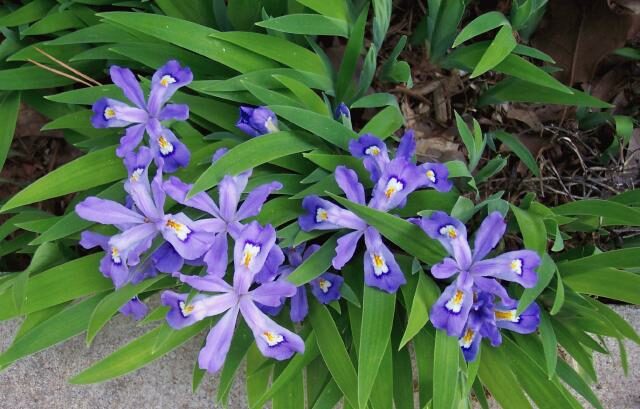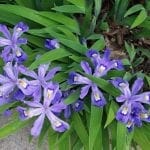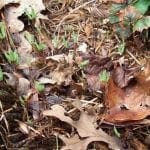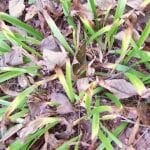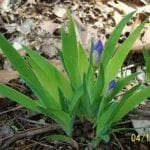- Flowers
- Emerging from winter
- Fall foliage
- Spring foliage
Scientific Name:
Iris cristata
Common Name:
Dwarf crested Iris
Scientific Name Pronounciation:
EYE-ris kris-TAY-tuh
Plant Type:
Perennial
Plant Hardiness Zones:
3-9
Plant Hardiness Zone(s):
Usual Size:
4-9 in. H X 6-12 in. W
Flower:
Typical iris flower with three standards and three falls (sepals), but on a very short stem so that it often appears stemless; flowers are pale purple with a yellow crest on the falls.
Bloom Time Notes:
Spring
Leaf:
Sword-shaped, about 6 inches long, and yellow-green to medium green.
Fruit:
A capsule
Wildlife:
Flowers are pollinated by bees.
Natural Habitat:
Rocky, wooded slopes, usually along streams in rich woods.
Propagation:
Division of rhizomes in early fall or seed sown as soon as ripe with no cold stratification.
Bloom Time:
Sun or Shade:
Companion Plants:
Cultural Notes:
Dwarf crested Iris (Iris cristata) grows best in partial shade, but can grow in full sun if kept moist; does best in humus-rich soil; can spread quickly via its branching rhizomes to form dense colonies if conditions are right; snails and slugs can be a problem on occasion. Can be used as a ground cover.
The color can vary from deep purple all the way to almost white.
Other Scientific Names: Neubeckia cristata

